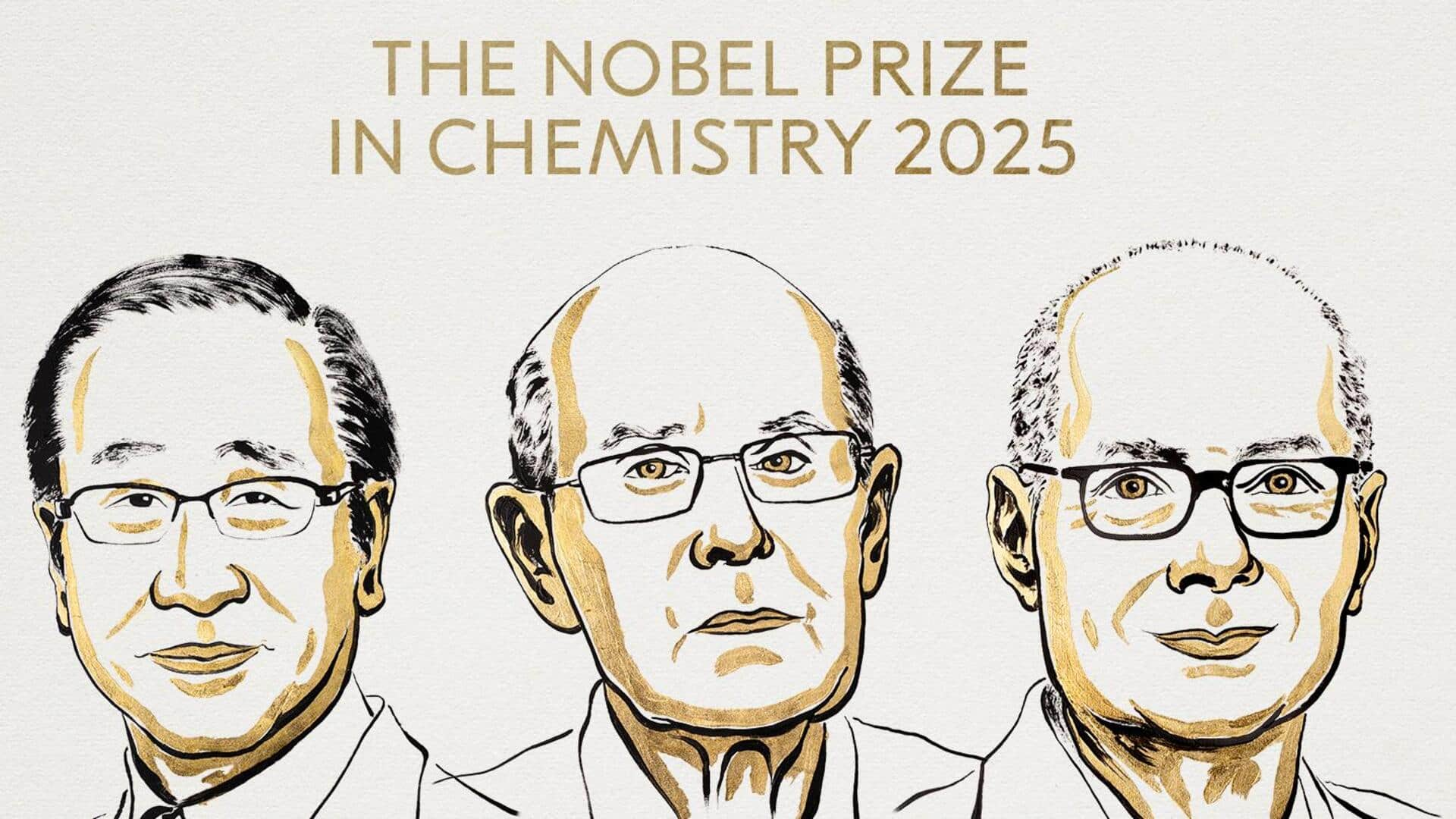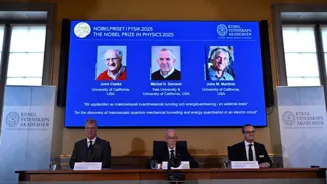Early Days of Quantum
Initially, quantum mechanics, with its peculiar laws governing the subatomic world, existed primarily as a set of theoretical principles. Scientists grappled
with understanding phenomena like wave-particle duality and Heisenberg's uncertainty principle. These concepts, while elegant, seemed far removed from the tangible world of everyday experience. The challenge was to find ways to 'see' these quantum effects in action. It was a puzzle of translating the abstract into something observable, a task that consumed the efforts of numerous brilliant minds. The journey involved creating experimental setups that could detect these subtle quantum effects, bridging the gap between the theoretical framework and the practical reality of circuits and devices.
Quantum Mechanics Observed
The quest to observe quantum mechanics within electrical circuits represents a major shift. This involved constructing circuits sensitive enough to register the bizarre behaviors predicted by quantum theory. Researchers developed specialized components and measurement techniques to detect subtle quantum phenomena. Their focus shifted to understanding how electrons, which possess quantum properties, behaved within electrical circuits. The goal was to manipulate and control these quantum effects to create novel devices. This phase produced technologies that could leverage quantum principles for enhanced functionality. This led to experimental evidence of effects such as quantum superposition and entanglement, making them tangible in the physical world, rather than just theoretical possibilities.
Macroscopic Quantum Tunneling
Macroscopic quantum tunneling, a key phenomenon, played a pivotal role in connecting quantum mechanics to the real world. Unlike classical physics, quantum mechanics permits particles to pass through barriers, even if they lack the energy to do so. This 'tunneling' effect, once thought to be limited to the subatomic realm, was observed at the macroscopic level. The 2025 Nobel Prize in Physics recognized the importance of this observation, acknowledging its contribution to a deeper understanding of quantum mechanics. The phenomenon demonstrated that quantum effects can indeed influence large-scale systems. This has far-reaching implications for fields such as materials science and quantum computing.
Nobel Prize Significance
The 2025 Physics Nobel Prize served as a significant recognition of the impact of macroscopic quantum tunneling. It validated the efforts of numerous researchers who had worked for years to prove the importance of quantum phenomena in everyday life. The award underscored the shift from theoretical physics to practical applications. This highlighted the importance of fundamental research. The prize not only rewarded past achievements but also provided impetus for future research. The acknowledgment of this discovery accelerated developments in quantum technology, fueling further investigations. It elevated the status of quantum mechanics within the scientific community and beyond.
Quantum Physics Everywhere?
Quantum physics might seem confined to advanced labs. However, it subtly influences many aspects of our daily lives. From the behavior of semiconductors in electronic devices to the stability of matter, quantum mechanics underlies everything. The transistors in computers, which enable modern electronics, rely on quantum phenomena. Many medical imaging technologies, like MRI, also employ quantum properties. In fact, many of the technologies we use every day, from mobile phones to solar panels, are fundamentally based on quantum mechanics. This ubiquity underscores the increasing importance of quantum mechanics in the modern world, far beyond specialized fields of study.











